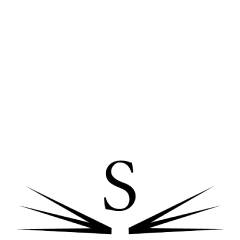Manuscripts, Correspondence & Ephemera – Agriculture; Irrigation; Military; Publishing

It is clear while perusing our latest catalogue that Idriess was a likeable character. He was also who and a prolific letter writer and a passionate researcher. His observations of Australia and its people was written in a way that the Australian Public could relate.
Our next catalogue is from the Ion Idriess estate. The items are unique and include a collection of letters, research notes and published and unpublished stories and drafts. They are on many interesting subjects from military to mining to agriculture to travel and adventure and more.
Along with the many enthusiastic fan letters, you will see letters from familiar publishing figures like Angus and Robertson’s editor Walter Cousins, War Correspondent John Hetherington, and The Observer’s owner William MacFarlin, Frank Hodge, editor of the New Zealand Herald.
There are also numerous letters from universities around the world including Princeton, Denver, Michigan, and Melbourne. Academic Bill Gamage wrote to Idriess about his military experience.
For his research Idriess would write to miners, explorers, military men, Including Explorer Herbert Basedow; Librarian of the State Library of South Australia, HC Brideson; Australian prime Minister of the time Joseph Lyons. There are also vast materials which Idriess used in his research from press clipping to notes.
There are numerous manuscripts and drafts amongst this selection of items showing how Idriess wrote and matured as a writer. There are also unpublished stories including themes around Gallipoli and the Anzacs, Gold Mining, Sandalwood, Shipwrecks and more.

Timed Auction
June 22nd 2025, 12:00 PM AEST
Viewing is encouraged
Questions welcomed
Absentee bids are due by email 3pm Sydney Time Friday 20th June 2025.
Please get questions in before 3pm Sydney Time Friday 20th June 2025.

